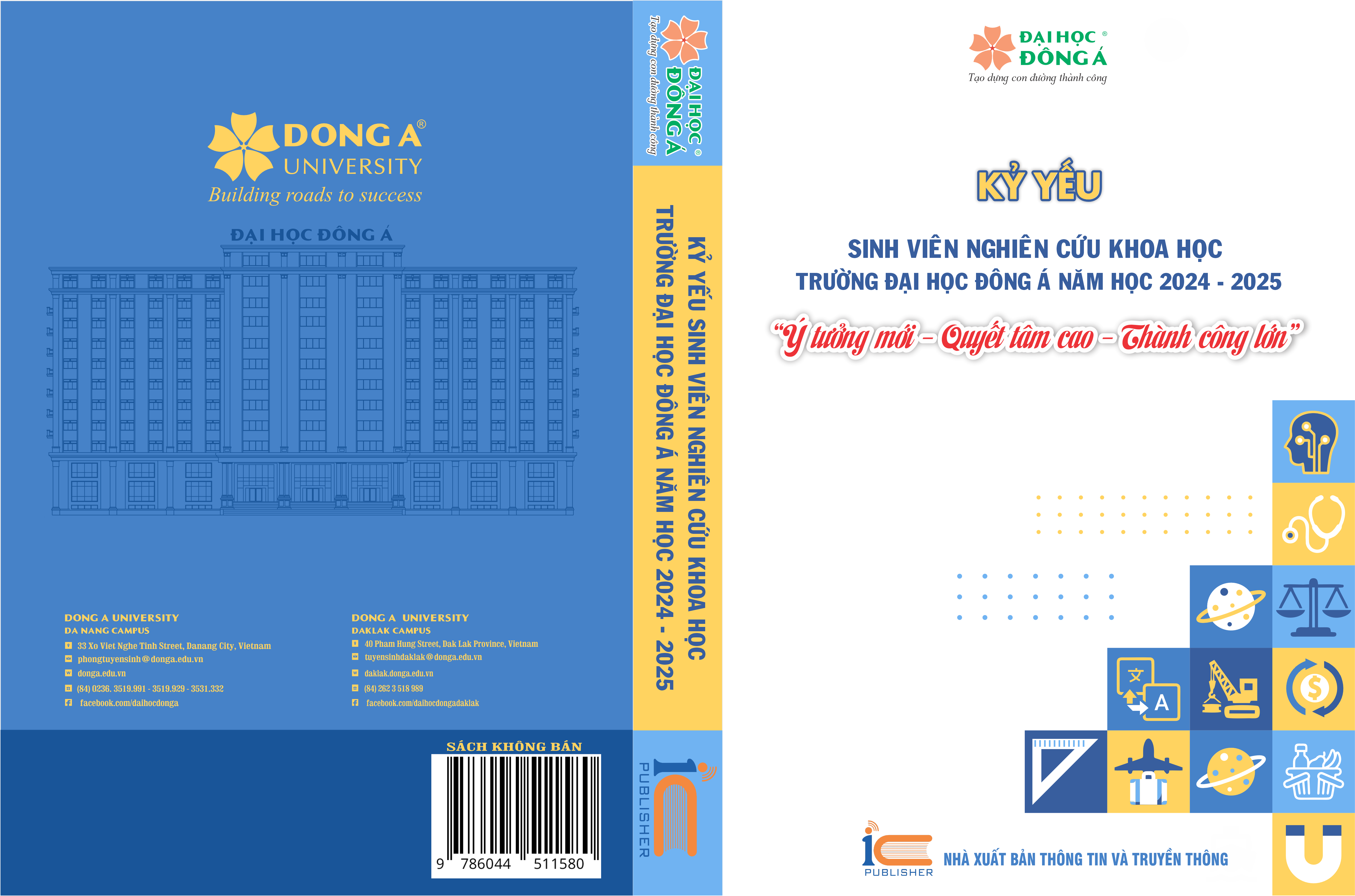A COMPARATIVE STUDY OF TYPICAL TRANSLATION ERRORS IN CULTURE-SPECIFIC TERMS IN CULTURAL ARTICLES FROM NHAN DAN ONLINE NEWSPAPER: GOOGLE TRANSLATE VS. HUMAN TRANSLATION BY THIRD-YEAR ENGLISH MAJORS AT DONG A UNIVERSITY
Nội dung chính của bài viết
Tóm tắt
This study conducts a comparative analysis of translation errors in culture-specific terms between Google Translate and third-year English majors at Dong A University when translating cultural articles from Vietnamese to English. Highlighting the importance of cultural nuances in translation, the research identifies typical errors made by both machine translation and human translators. Utilizing a sample from students and 14 selected cultural articles, the study categorizes translation errors into linguistic, comprehension, and translation-specific errors, with a particular focus on the challenges posed by culture-specific terminology. Results indicate that while Google Translate exhibits a lower overall error rate, it struggles significantly with capturing cultural nuances, resulting in high rates of inaccurate lexical renditions. Conversely, students demonstrate a broader understanding of cultural context but encounter frequent challenges across various linguistic aspects. These findings underscore the complementary roles of machine and human translation, suggesting that a combined approach may enhance the accuracy and fidelity of translations involving culturally rich content.
Chi tiết bài viết

This work is licensed under a Creative Commons Attribution-NonCommercial-NoDerivatives 4.0 International License.
Từ khóa
Culture-Specific Terms, Translation Error Analysis, Machine Translation vs. Human Translation, Google Translate Evaluation, Cultural Nuances in Translation
Tài liệu tham khảo
Suryabrata, M. (2003). Research methodology. Jakarta: Rajawali Press.


